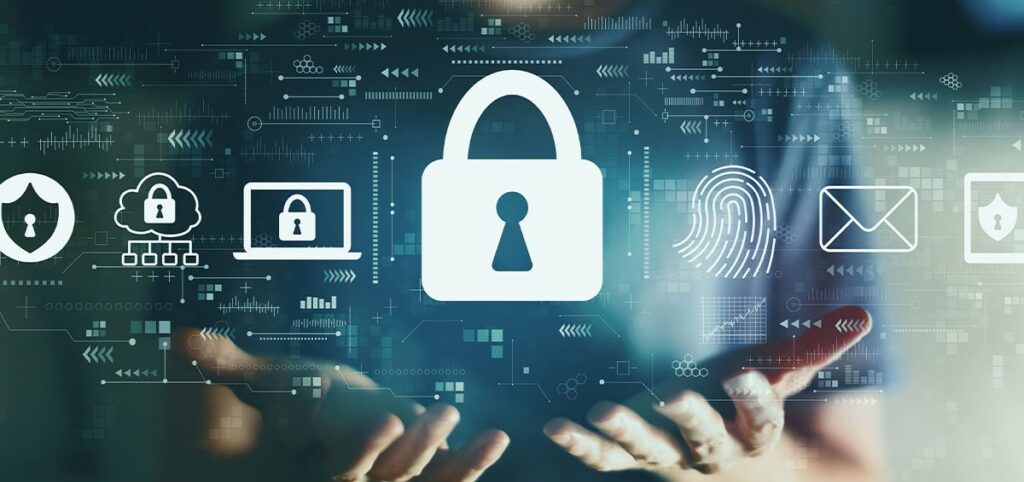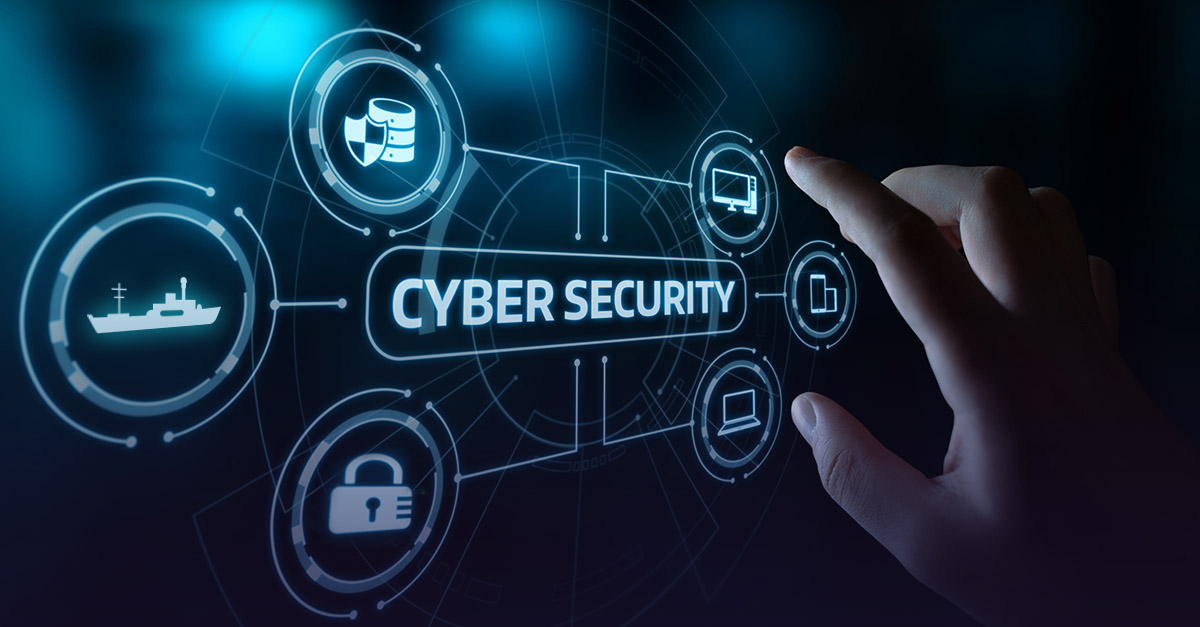Cybersecurity Technologies: Definitions, Type, Uses, Example:
Cybersecurity technologies refer to a wide range of tools, techniques, and practices that are used to protect computer systems, networks, and data from cyber threats such as hacking, malware, and other forms of cyber attacks. Here are some examples of cybersecurity technologies:
Cybersecurity Technologies: Protecting Against the Growing Threat of Cyber Attacks
Cyber attacks are becoming more frequent, more sophisticated, and more damaging. As our reliance on digital technology continues to grow, so too does our need for effective cybersecurity technologies that can protect against these threats.
Type of Cybersecurity technologies
There are various types of cybersecurity available today, each designed to address different aspects of cybersecurity threats. Some of the most common types of cybersecurity technologies include:

Firewalls – Firewalls act as a barrier between a private network and the internet, filtering incoming and outgoing traffic based on pre-defined security rules.
Anti-Virus Software – Anti-virus software is designed to detect and remove malware from computer systems.
Intrusion Detection and Prevention Systems (IDPS) – IDPS can monitor network traffic for signs of cyber attacks, such as attempts to exploit vulnerabilities in software or attempts to access unauthorized data.
Encryption – Encryption is the process of encoding data so that it can only be accessed by authorized users.
Multi-Factor Authentication (MFA) – MFA requires users to provide multiple forms of identification in order to access a system or network.
Virtual Private Networks (VPNs) – VPNs create a secure connection between a user’s device and a remote network, encrypting data transmitted over the connection.
Security Information and Event Management (SIEM) – SIEM systems collect and analyze security-related data from multiple sources, allowing security teams to identify potential threats and take action to prevent them.
Web Application Firewalls (WAFs) – WAFs protect web applications by filtering traffic and blocking attacks that target vulnerabilities in the application code.
Patch Management – Patch management involves the process of keeping software up-to-date with the latest security patches to prevent vulnerabilities from being exploited.
Endpoint Security – Endpoint security technologies are designed to protect individual devices, such as laptops and mobile devices, from cyber threats.
Data Loss Prevention (DLP) – DLP technologies are used to prevent sensitive data from being leaked or stolen by monitoring and controlling data access and movement.
Network Access Control (NAC) – NAC technologies enforce security policies by regulating access to a network based on the identity and security posture of the user or device.
Email Security – Email security technologies protect against spam, phishing, and other email-based attacks by filtering incoming messages and attachments.
Behavioral Analytics – Behavioral analytics technologies use machine learning algorithms to analyze user behavior and detect anomalous activity that may indicate a security threat.
Cloud Security – Cloud security technologies are designed to protect data and applications stored in cloud environments by controlling access and monitoring for suspicious activity.
Disaster Recovery and Business Continuity – Disaster recovery and business continuity technologies help organizations prepare for and recover from cyber-attacks by ensuring that critical systems and data can be restored in the event of an outage.
Vulnerability Management – Vulnerability management technologies are used to identify and prioritize vulnerabilities in software and systems so that they can be patched before they are exploited by attackers.
Deception Technologies – Deception technologies use fake systems or data to lure attackers away from real systems and data, giving security teams time to detect and respond to the attack.
Application Security – Application security technologies protect software applications from cyber threats by identifying and patching vulnerabilities in the code.
Mobile Device Management (MDM) – MDM technologies are used to secure mobile devices by controlling access, monitoring for threats, and enforcing security policies.
These are just a few examples of the types of cybersecurity technologies available today. As the threat landscape continues to evolve, new technologies will undoubtedly emerge to help organizations stay ahead of the latest cyber threats.
Uses of Cybersecurity technologies
The uses of cybersecurity technologies are vast and crucial in today’s digital landscape. Here are some of the most important uses of cybersecurity technologies:
Protecting Sensitive Data – One of the primary uses of cybersecurity technologies is to protect sensitive data from theft or unauthorized access. This includes personal information, financial data, intellectual property, and confidential business information.
Preventing Cyber Attacks – Cybersecurity technologies are designed to prevent cyber attacks, such as malware infections, phishing attacks, and ransomware. This is done by detecting and blocking malicious traffic, scanning for vulnerabilities, and identifying and removing malware.
Ensuring Business Continuity – Cyber attacks can cause significant disruptions to business operations, but cybersecurity technologies can help minimize the impact of these attacks by providing backup and recovery solutions. This includes disaster recovery planning, backup solutions, and business continuity planning.
Maintaining Compliance – Many industries are subject to regulatory requirements, such as HIPAA or PCI DSS. Cybersecurity technologies can help ensure compliance with these regulations by implementing security controls and monitoring for compliance.
Protecting Customer Trust – Customers expect their personal information to be kept secure when they interact with businesses online. By implementing cybersecurity technologies, businesses can help protect customer trust by safeguarding their personal information and preventing data breaches.
Enabling Digital Transformation – As businesses become more reliant on digital technologies, cybersecurity becomes increasingly important. By implementing cybersecurity technologies, businesses can confidently embrace digital transformation initiatives without compromising security.
Facilitating Remote Work – The COVID-19 pandemic has accelerated the adoption of remote work, which brings new cybersecurity challenges. Cybersecurity technologies, such as VPNs and endpoint security solutions, can help secure remote workers and their devices.
Protecting Critical Infrastructure – Cyber attacks on critical infrastructure, such as power grids and water treatment plants, can have devastating consequences. Cybersecurity technologies are essential for protecting these systems from attack and ensuring the safety of the public.
Securing Cloud Environments – Many businesses now rely on cloud services for storing and processing data. Cybersecurity technologies are crucial for securing these environments by implementing access controls, monitoring suspicious activity, and identifying and addressing vulnerabilities.
Monitoring Threat Intelligence – Threat intelligence refers to the process of gathering and analyzing information about potential cyber threats. Cybersecurity technologies can help automate this process by gathering data from various sources, analyzing it, and providing actionable insights to security teams.
Conducting Penetration Testing – Penetration testing is the process of simulating a cyber attack on a system or network to identify vulnerabilities. Cybersecurity technologies can help facilitate this process by providing tools for conducting and analyzing the results of penetration testing.
Implementing Identity and Access Management – Identity and access management (IAM) involves controlling access to systems and applications based on user roles and permissions. Cybersecurity technologies can help implement IAM solutions by providing tools for managing user identities, enforcing access controls, and monitoring suspicious activity.
Providing Security Awareness Training – One of the most significant threats to cybersecurity is human error. Cybersecurity technologies can help address this threat by providing security awareness training to employees, teaching them how to identify and avoid potential threats.
Enforcing Regulatory Compliance – Compliance with regulatory requirements is critical for businesses in many industries. Cybersecurity technologies can help enforce compliance by implementing security controls, monitoring compliance, and generating reports to demonstrate compliance to auditors.
Detecting Insider Threats – Insider threats refer to the risk of malicious activity by employees or contractors with access to sensitive data or systems. Cybersecurity technologies can help detect insider threats by monitoring user activity, identifying suspicious behavior, and implementing access controls.
In conclusion, the uses of cybersecurity technologies are extensive and play a vital role in protecting organizations and individuals from cyber threats. From protecting sensitive data to enabling digital transformation, cybersecurity technologies are essential for businesses in today’s digital landscape. By staying up to date with the latest cybersecurity technologies and implementing best practices, organizations can mitigate the risks of cyber-attacks and safeguard their operations.
Examples of Cybersecurity technologies
Firewall – A firewall is a network security system that monitors and controls incoming and outgoing network traffic based on predetermined security rules. It acts as a barrier between a trusted internal network and untrusted external networks, such as the Internet.
Antivirus software – Antivirus software is a program that scans a computer or network for malware and removes or quarantines any malicious code that it finds. It is an essential tool for protecting against viruses, worms, and other types of malware.
Intrusion Detection Systems (IDS) and Intrusion Prevention Systems (IPS) – IDS and IPS are security technologies that monitor network traffic for signs of malicious activity. IDS detects suspicious activity and generates alerts, while IPS can automatically block traffic that is identified as a threat.
Encryption – Encryption is the process of converting plain text into cipher text, which is unreadable without a decryption key. Encryption is used to protect sensitive data, such as passwords, credit card numbers, and other personal information, from unauthorized access.
Multi-factor authentication (MFA) – MFA is a security measure that requires users to provide multiple forms of identification to gain access to a system or application. MFA can include a combination of passwords, biometric data, and security tokens.
Security Information and Event Management (SIEM) – SIEM is a technology that collects and analyzes security event data from various sources, such as firewalls, intrusion detection systems, and antivirus software. It is used to detect and respond to security incidents in real time.
Virtual Private Networks (VPNs) – A VPN is a network technology that allows users to securely access a private network over the internet. VPNs are commonly used by remote workers to access corporate networks from outside the office.
Web Application Firewalls (WAF) – A WAF is a security technology that protects web applications from attacks, such as SQL injection and cross-site scripting. It monitors and filters HTTP traffic between a web application and the internet to identify and block malicious traffic.
Endpoint Protection – Endpoint protection is a security technology that secures end-user devices such as laptops, desktops, and mobile devices. It includes anti-virus and anti-malware software, firewalls, and intrusion detection and prevention tools.
Data Loss Prevention (DLP) – DLP is a security technology that is used to prevent sensitive data from being lost, stolen, or disclosed to unauthorized users. It can include monitoring and controlling access to sensitive data, encryption, and data backup and recovery.
Network Access Control (NAC) – NAC is a security technology that controls access to a network based on a user’s identity, device type, and other factors. It can include authentication and authorization, device profiling, and policy enforcement.
Identity and Access Management (IAM) – IAM is a security technology that manages digital identities and access rights for users, devices, and applications. It can include user authentication, authorization, and password management.
Penetration Testing – Penetration testing, also known as “pen testing,” is a security technology that simulates an attack on a computer system to identify vulnerabilities and weaknesses. It can include automated scanning tools and manual testing by experienced security professionals.
Security Orchestration, Automation, and Response (SOAR) – SOAR is a technology that streamlines and automates security operations, including incident response, threat hunting, and threat intelligence. It can include automated workflows, data analysis, and incident response playbooks.



[…] Also Read…Cybersecurity technologies […]
[…] Read Also…Cybersecurity Technologies […]
[…] Read Also…Cybersecurity Technologies […]
[…] Know Aslo…Cybersecurity Technologies […]